|
Arkansas River in Bighorn Sheep Canyon. Photo: ARWC OVERVIEW ARWC secures funding, develops partnerships and implements projects to help meet critical needs within the watersheds of the Arkansas River Basin. In 2020 and 2021, our work centered on forest health, wildfire mitigation and post-wildfire recovery. We are working to improve forest health conditions and reduce the risk of catastrophic wildfire through fuels mitigation and education. We are implementing on-the-ground fuels reduction projects in Chaffee and Lake Counties and planning for this work with partners and communities in the central basin. We have been helping communities affected by the Hayden Pass Fire, Decker Fire and Spring Fire respond quickly following wildfire to prepare for post-wildfire flooding that can threaten life, safety and critical infrastructure. We continue to assist communities as they plan for long-term recovery of land, water and wildlife. We are sharing the unique challenges to emergency response and recovery with policymakers and other communities to help make resources and response more effective for other communities facing the aftermath of wildfire. FOREST HEALTH, EDUCATION AND OUTREACH Monarch Pass Forest and Watershed Health Project The Monarch Pass Forest and Watershed Health Project introduces new technology and equipment to Colorado that can safely and effectively remove beetle-killed trees from steep slopes while reducing cost and minimizing environmental disturbance. Photos: ARWC/Andy Lerch ARWC and its partners completed the first successful season of fuels mitigation and forest stand improvement in the headwaters of the South Arkansas River near Monarch Pass. This project is the first steep-slope forest stewardship project with cut-to-length technology performed in Colorado and is enabling treatment of steep areas of poor forest health that was impossible. Work reduces the risk of high severity fire in a large portion of the South Arkansas River headwaters. Treatment includes 183 acres completed in 2020, 158 acres to be completed in 2021, with an additional proposed 125 acres in 2021 if funded. Work complements treatments done by Monarch Ski Area and creates a larger, landscape-scale project with greater reach for the watershed and users. Outreach and education to the community includes tours of project areas and educational signs and a video for display at Monarch Ski Area. Lake County Wildfire Mitigation Fuels reduction and forest stand improvement at High Mountain Institute in Leadville. Photos: Andy Lerch/ARWC In 2019, ARWC began the process of implementing forest health and wildfire mitigation projects and related education and outreach and key locations in the area. ARWC completed chipping projects with Friends of Twin Lakes and Beaver Lakes Estates in 2019, allowing landowners to dispose of trees and wood leftover from mitigation efforts on their properties. Additional chipper days being scheduled with other communities. We completed a fuels mitigation and forest stand improvement project with High Mountain Institute near Leadville. Learn more about the project here. We continue to engage with our Lake County neighbors as we participate in the local Community Wildfire Protection Plan development. We are developing projects and seeking funds for mitigation in other neighborhood near Leadville and collaborating with CSU and the USFS to prioritize additional treatment areas within the upper parts of the Arkansas River Basin. Central Basin Wildfire Mitigation Planning ARWC is building relationships with landowners and partners in the central basin to better understand the forest health and wildfire mitigation needs in these areas. Working in partnership with the USFS, we are forming a stakeholder group to better focus ARWC’s mitigation work in the currently underserved central basin. We are developing forest health and mitigation projects for Camp Jackson on Highway 165 and the surrounding USFS area. We will run a slash site 3 times in 2021 at the USFS 12-Mile Gravel Pit on Highway 78 between Pueblo and Beulah to allow landowners to dispose of woody material from their own thinning work. We are developing funding for roadside treatments in the upper reaches of the Cucharas and Purgatoire watersheds. As we grow as an organization and have additional capacity of staff and funding, we will continue to expand our work into more of the basin. POST-WILDFIRE RECOVERY Hayden Pass Fire Recovery Fremont County, Colorado Flooding damage in the Hayden Pass Fire area. Photo: ARWC With natural and project-supported recovery taking hold in the Hayden Pass area, ARWC continues to plan for long-term recovery in the Hayden Pass area. We completed a rural fire recovery case study to share lessons learned from the recovery process in this community to advocate for changes in emergency funding programs and help other communities plan for post-wildfire conditions. We are creating a long-term master recovery plan in partnership with River Science to guide the community through prioritization and implementation of restoration activities that reduce flood hazards and improve ecological conditions within the flood-impacted channel systems. The plan lays out designs, cost estimates and implementation guidance for work to meet a wide range of objectives that support long-term recovery after the most devastating post-fire floods. The plan describes a comprehensive approach to help mitigate damage from potential future floods, support recreational and economic opportunities within the watershed and encourage healthy riparian habitat for fish, wildlife and native plant communities. Decker Fire Recovery Chaffee County, Colorado Decker Fire burned near Salida in 2019. Photo: ARWC Bar ditch improvement in Loggie Gulch. Photo: ARWC With funding from the Colorado Department of Public Health and Environment (CDPHE), ARWC collaborated with Chaffee County and residents impacted by the Decker Fire - and subsequent flooding - to address issues most likely to negatively impact life, safety, property, recreation, and the delicate ecological systems of the Arkansas River watershed. Projects were designed to protect life and safety, provide education and reduce the potential for non-point source pollution that impacts water quality by improving post-fire areas to reduce sediment and contaminant delivery into the Arkansas River. ARWC increased the capacity of a stormwater drainage system bar ditch below the burn scar to accomodate heavier storm flows. The work allows the structure to hold more sediment and help prevent property damage below the structure. We reinforced a stock pond full of water and sediment at risk of breaching, and re-contoured and reinforced an emergency spillway. We used log structures to protect the channel and encourage the water to spread out and deposit sediment in a field. ARWC worked in partnership with River Science, Canon City Water, and Colorado Springs Utilities to install two turbidity sensors between Canon City and Salida to allow the water providers enough time to react to precipitation and sediment runoff from post-fire areas that threaten drinking water supplies and infrastructure. We are thankful for the opportunity to partner with CDPHE and aid those who are affected by the Decker Fire. Although this funding provided some relief to address the most pressing issues that could impact life, property, recreation, and the environment, we know that it cannot solve all the existing problems. Therefore, we provided education and outreach as part of our activities to inform landowners, partners, recreators, and downstream users of the potential risks and threats due to post-fire flooding. We hope to encourage individuals to act independently to protect their properties and inspire other federal, state, and local partners to join us in the recovery and protection of our watershed. Our outreach included educating landowners about how to handle ash, debris removal, water rights, and educating the county on EWP procedures, identifying areas of concern. Spring Fire Recovery Huerfano County, Colorado ARWC is working with communities impacted by the 2018 Spring Fire and post-fire flooding to mitigate threats to life, safety and infrastructure and help encourage long-term recovery of the land. Our work is funded by the Colorado Department of Public Health and Environment and the Colorado Water Conservation Board, in partnership with Huerfano County Water Conservancy District. Funding allowed us to work with an engineer to develop fluvial hazard maps and refined hydraulic models for Middle, Indian, and South Abeyta Creeks to use for damage estimates and project prioritization. These tools identify sites likely to be impacted by sediment and debris transport during post-fire flood events in the burn area, allowing us to plan for the most needed projects for the greatest positive impact on the ground. ARWC worked with the locals to dig out an old swimming pool along Indian Creek to repurpose this unused pool as a sediment trap to protect people, working lands, and infrastructure below. In late 2020, we worked at 11 sites and applied hydroseed to 13 acres to encourage regrowth of vegetation to hold soils and improve wildlife habitat. We worked on repairing erosion and damage along agricultural ditches, cleared channels at multiple sites and installed structures to protect critical roadways. We installed log structures along multiple drainages in the burn area to slow water and sediment, reducing damage below and holding soils and moisture to encourage long-term recovery of the land. POST-WILDFIRE WATER QUALITY MONITORING Luke Javernick of River Science assesses a flooded area in the Hayden Pass Fire area. Increased sedimentation and runoff from burn scars can negatively impact drinking water supplies and infrastructure. Photo: ARWC Precipitation runoff from post-fire areas threatens drinking water supplies and infrastructure. Canon City, Pueblo and Colorado Springs drinking water supplies are impacted by runoff from the Decker and Hayden Pass Fires.
Downstream of the fire, Canon City feeds its water treatment reservoir directly from the Arkansas River. Since the Hayden Pass Fire, the Western Fremont Fire Protection District has monitored river conditions and warned Canon City Water Dept. officials of highly concentrated suspended sediment in storm-flow runoff from the burn scar. Thanks to warnings from Western Fremont firefighters, Canon City Water is able to close the river intakes until water quality improves, thereby safeguarding Canon City water quality and protecting the city's vital water infrastructure. Colorado Springs Utilities pumps up to 50 million gallons a day from the Pueblo Reservoir. Given the critical supply of water and millions of dollars in infrastructure, monitoring water quality near the source could greatly safeguard these infrastructures and necessary water supplies. ARWC's partner River Science developed mutli-parameter water quality instruments that provide real time data alerts so that water providers downstream can take action when water conditions change due to large amounts of sediment and debris entering the system during a flood.
0 Comments
As the rainy season approaches, we want to remind area residents to begin preparing now for post-fire flooding in the Decker Fire burn area. Areas below the Decker Fire burn scar face risks to safety, homes, roads, trails, and water supplies from post-fire flash flooding. While projects are underway to assist landowners and others with recovery, there is significant work you can do now - before the rainy season is upon us.
Education and preparedness are the first line of defense. Hillsides stripped by the fire of trees and other vegetation are unable to absorb rainfall which creates what we call a “bulking factor”. The bulking factor takes into consideration increased runoff due to reduced vegetation and the collection of debris (burned trees, soils, etc.). The bulking factor in post-fire conditions results in dangerous flash flooding even in drainages or draws that have historically been dry. Burned and unstable soils break apart easily even with modest amounts of precipitation and burned trees and debris can be swept down during a flash flood and cause severe injuries and threats to life and property. Educating and preparing yourself will go a long way to creating a safe and secure environment on your property.
By taking a few basic but vital steps you can prepare yourself for potential post-fire flooding. We ask you all to be safe, be prepared, and be informed. For more information, links, resources, and contacts to help you prepare for post-fire flooding please visit the Chaffee Recovers website. REGISTER NOW FOR CHAFFEE COUNTY EMERGENCY ALERTS PURCHASE FLOOD INSURANCE REVIEW PREPAREDNESS & RECOVERY RESOURCES Canon City High School students collected data from fire-impacted creek drainages last summer and fall to study how waterways are affected by fire. They continue their study in 2019, but their first set of data are available here:
https://www.river.science/education The Canon City Daily Record featured a story covering some of the recovery work in the Big Cottonwood drainage:
http://www.canoncitydailyrecord.com/flood-mitigation-work-done-in-fremont-county During July and August 2019, volunteer crews removed debris and trash from the Big Cottonwood drainage. The crews are from the Work Innovation and Opportunity Act (WIOA) program - part of the Upper Arkansas Area Council of Governments program in Canon City. Thank you so much to our committed volunteers who are working hard to improve conditions in the fire-impacted drainages. You can learn more about the program here: http://www.uaacog.com/programs/workforcedevelopment.html With the help of a forester and sawyer from the Arkansas River Watershed Collaborative (arkcollaborative.org) and crew leader from River Science (river.science), crews removed trees in or falling in to the creek from heavily eroded banks, preventing these from becoming hazards to life and property downstream in another flood event. They also deconstructed and hauled out three large debris deposits containing woody materials and trash from the July 24, 2018 flood and subsequent floods. Removing these jams and deposits allows water and additional debris to move more freely down the channel during a flood, encouraging flows to pass through rather than collecting and diverting water toward people, homes and roads. The crews removed a large amount of trash including small pieces of microtrash as well and large pieces of metal and equipment deposited during last July's high flow flood. Clearing out trash prevents these materials from continuing to contaminate the natural system, and supports natural regeneration of plant and animal communities, including the fishery. We are working on bringing crews back again in the spring, in addition to other volunteer groups, to complete needed work we identified with the help of landowners and field experts who have been working with the recovery team since this spring. Look for Chelsey, Luke and Kate in the field, or Contact Us with questions.
During the week of July 15, with direction from an Arkansas River Watershed Collaborative (ARWC) forester, ARWC sawyers and volunteers, removed a large cottonwood tree that was deposited during the 2018 flood event. The tree, with its nearly 70 foot length and 7 foot diameter at its widest, had a 12 foot agricultural gate wedged in its crook while flows carried it down the creek channel during the July 2018 flood event. The large tree posed a risk to downstream neighbors if it moved again during another flood event. The recovery coalition team worked with landowners to secure funds to remove it.
With our coalition team member Chelsey Nutter now at the helm as ARWC Executive Director, the organization has become the formal parent entity housing our local coalition. The Arkansas River Watershed Collaborative (ARWC) is a 501(c)3, formed by the Watershed Health Sub-Committee of the Arkansas Basin Roundtable (ABRT). The coalition team continues work on securing funds to meet needs identified during the spring and summer. The Natural Resources Conservation Service Emergency Watershed Protection (NRCS EWP) recovery project in the Big Cottonwood area in Coaldale wrapped up on July 16, 2019. The project was sponsored by Fremont County with matching funds from the CO Department of Homeland Security & Emergency Management. Otak Engineering designed and implemented the project, with Frontier Environmental as the contractor, with support from the coalition's hydrology and hydraulics assessment of flooding in the drainage. The grant program helps communities address watershed impairments like floods that pose immediate threats to life and safety. The project focused on the upper private reach of Big Cottonwood, near the confluence of Big Cottonwood, Little Cottonwood and Bitter Creeks. Work included measures like grading, channel realignment, debris removal, revegetation and structures to divert water away from homes, reduce damage caused by flood-born debris, and encourage stabilization of soils and deposition of sediment in safer areas, increasing the overall resiliency of the channel to accommodate increased flows during the post-fire recovery period.
We would like to share some resources and helpful contacts as spring runoff is upon us and the monsoon season is approaching.
EWP is underway in Big Cottonwood. The work in this part of the drainage will help improve the resiliency of the drainage to improve its ability to contain and slow flows. It is not a fix-all, however, and we should all remain vigilant for ourselves and our neighbors. Please note that if you are driving along CR 40, please be aware of large equipment and trucks. Please check back here for updates. Flood Insurance Please note most flood insurance policies take 30 days to go into effect. Learn more at these sites, or call your insurance agent. https://www.floodsmart.gov https://www.fema.gov/flood-after-fire Matt Buddie, FEMA Region VIII Floodplain Management/Community Resilience 303 235 4730 [email protected] Colorado Flood Threat Bulletin A flood threat information resource from the Colorado Water Conservation Board. Providing an overview of daily flood risk in Colorado from May through September. http://www.coloradofloodthreat.com National Weather Service Information & Alerts It is recommended we layer multiple alert services to be sure we don't miss an alert. In areas such as ours with limited cell coverage, a weather radio is essential. Weather Alert Options https://www.weather.gov/subscribe/ Greg Heavener, Warning Coordination Meterologist 719 948 9429 [email protected] Western Fremont County Fire Protection District The local FPD would like to remind us all to be vigilant with increased chance of flooding during the runoff and rainy season. Please be sure his office has your updated contact information and changes in residents. John Walker, Chief 719 942 3333 719 942 3687 13607 CR 45 Coaldale Fremont County Emergency Management Alert Fremont/911 Emergency Notifications Be sure your cell phones are registered for emergency alerts. Even if you've registered before, check to make sure your information is accurate and up to date. https://www.fremontco.com/alert-fremont Mykel Kroll, Emergency Manager 719 276 7422 [email protected] https://www.facebook.com/Fremont-County-Emergency-Management-392929138145266/ Fremont County Building Department Flood Damage Prevention Permits To protect the floodplain and neighbor safety, the County has regulations for working in floodplains. To learn more, please visit the Building Department website where you can find the codes, applications and other permitting information: https://www.fremontco.com/building/building-department Michael Cox, Building Official 719 276 7460 Local Recovery Effort Website Resources We are adding more resources for education, safety and recovery techniques regularly to our website. Please check in often for new materials and as always, let us know how we can help. Visit our page here. Next Steps We are working to plan volunteer workdays and additional projects at key locations in all fire-impacted drainages this spring and early summer as well as fall planting and seeding. We've met one on one with many of you on your properties and plans are underway. We've been presenting our community's effort to organizations around the state and have more support coming on board. Recovery and restoration will be a long term process and we will all do what we can one step at a time. Thank you for staying engaged! FLOOD PREPAREDNESS MESSAGE FROM LOCAL FIRE CHIEF Please see this important reminder from John Walker, Western Fremont County Fire Protection District Chief. A significant runoff is already underway. As we all know, being prepared for the upcoming flood season is critical. Please share this information with your neighbors, especially those who may not receive electronic communications: Your fire department will continue the process of using telephones and cell phones to warn residents of witnessed flood events. If you have any new contact number or new household members, please update them by calling 719-942-3687. Only emergency vehicles will be allowed into threatened areas since we have experienced traffic congestion during previous events that has blocked access for responders whose mission is the protection of lives. A long and continuous siren means that homes are facing imminent danger and everyone within earshot should evaluate their situation immediately and be prepared to move to higher ground. Remember that evacuation may be necessary at night and in a pouring rain. If your home is in a low-lying area, have appropriate clothes and a flashlight next to your emergency exit door. Finally, it's not over until it's over, and flood events in the past have had several surges of high water that can trap the unwary. Please contact the Western Fremont County Fire Protection District at 719-942-3687 with questions. |
ARCHIVES
September 2023
CATEGORIES
All
|

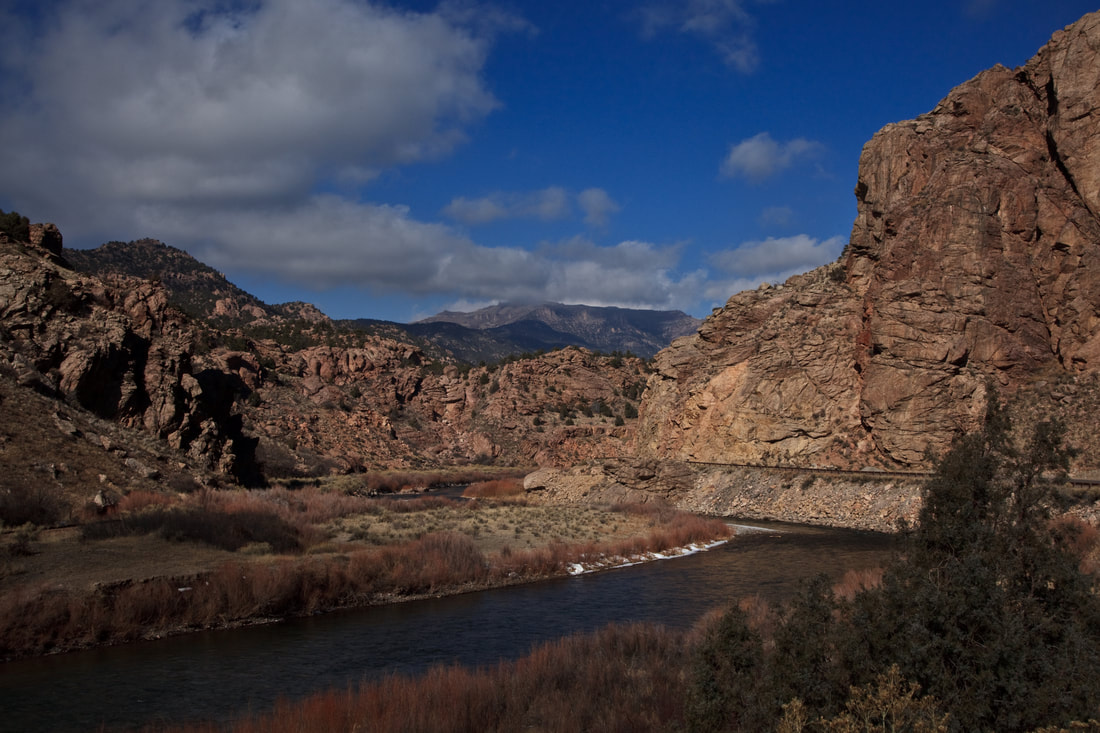
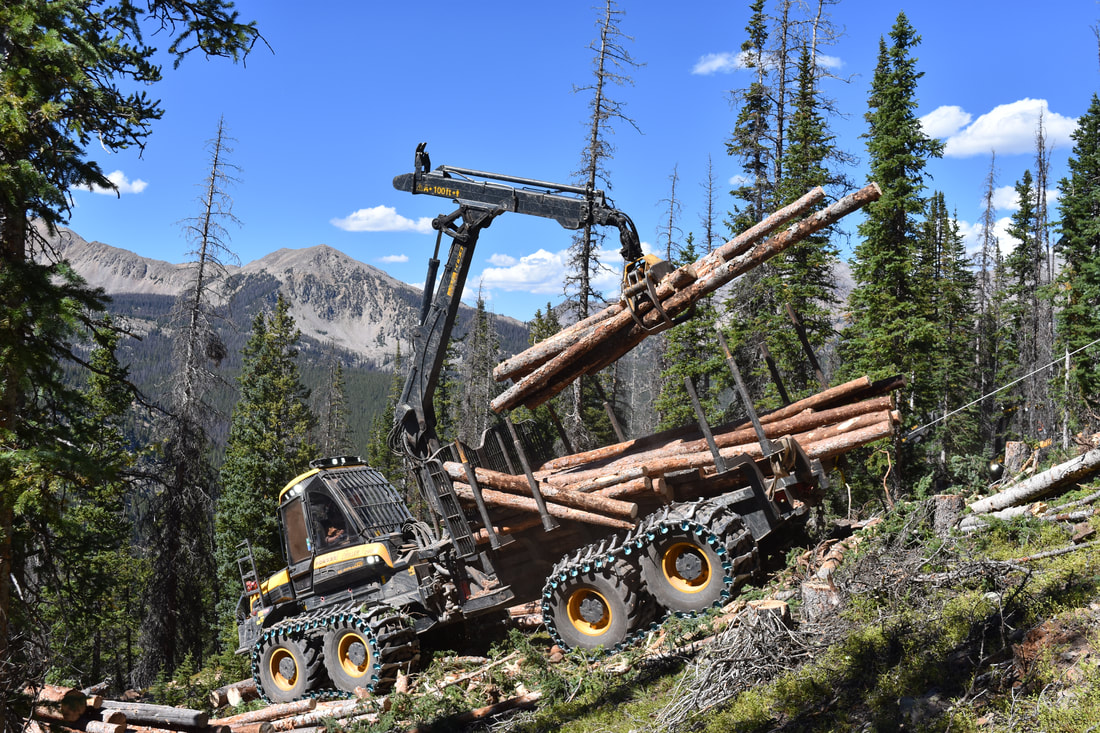
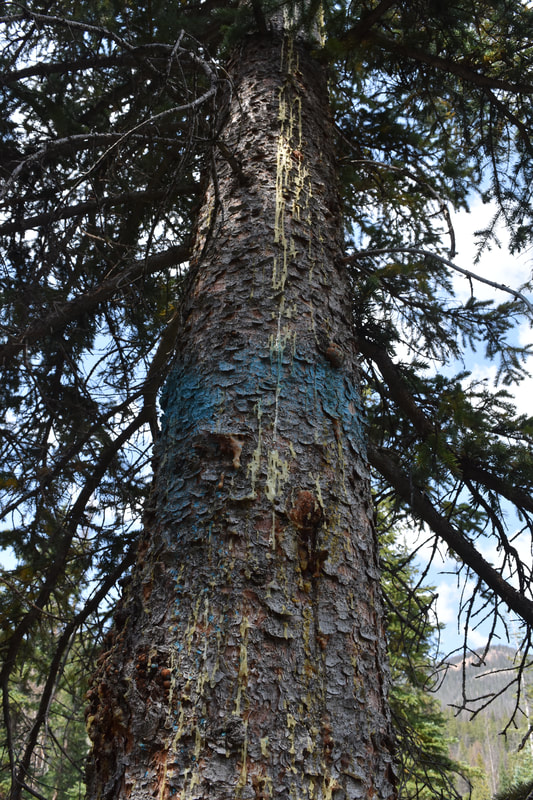
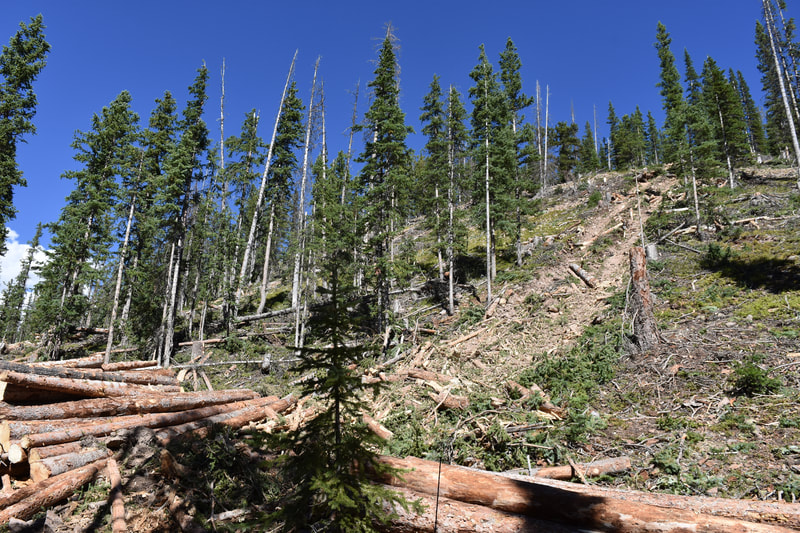
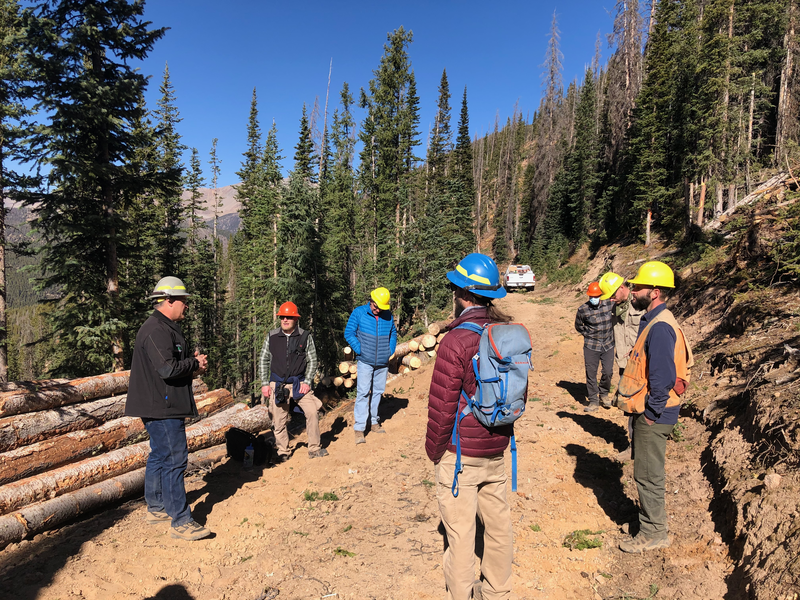
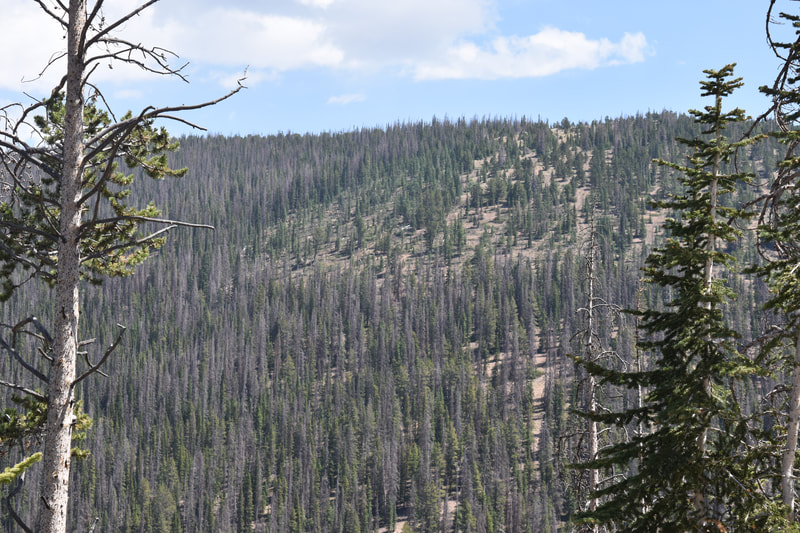
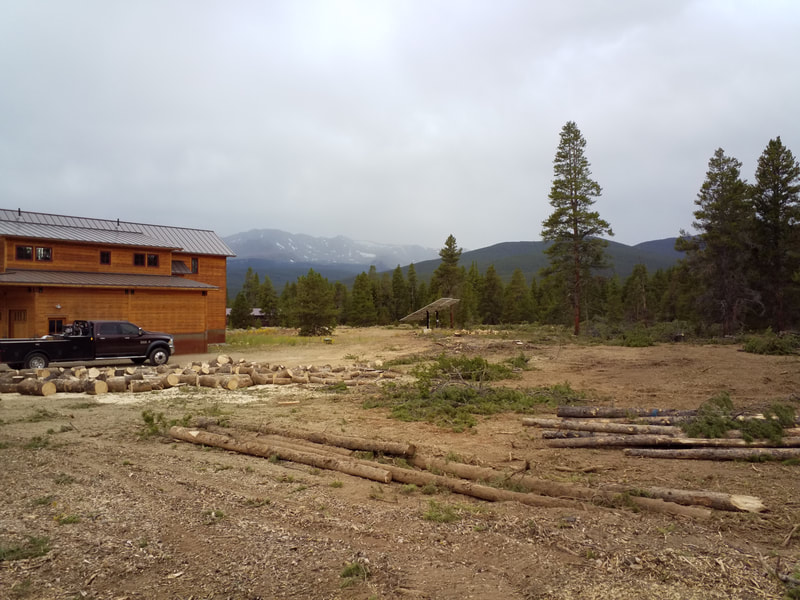
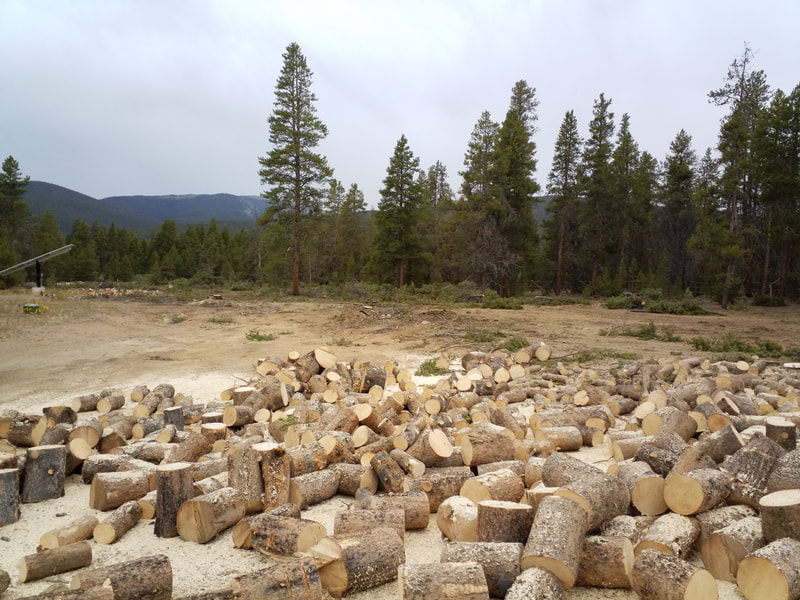
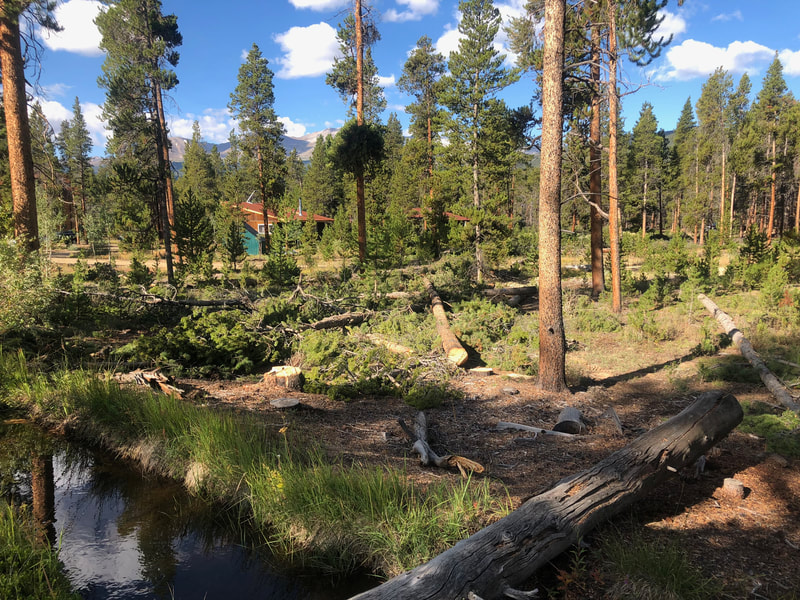
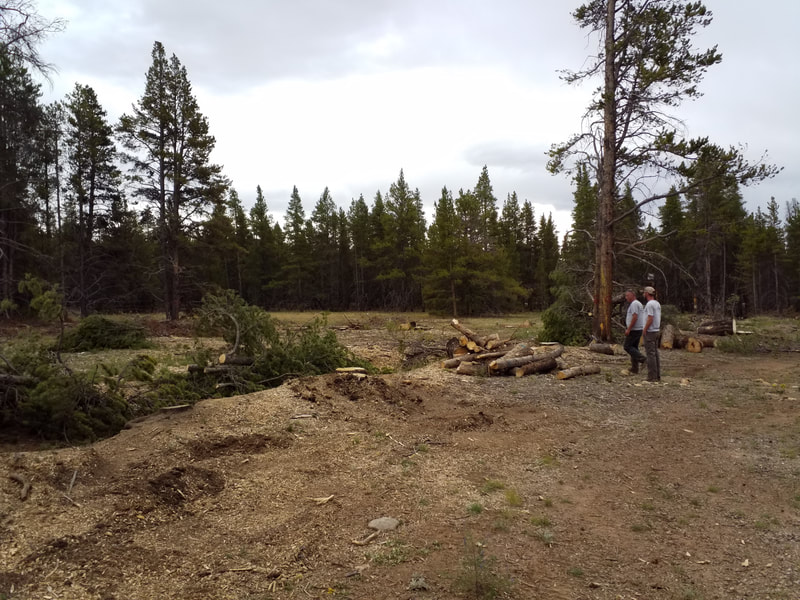
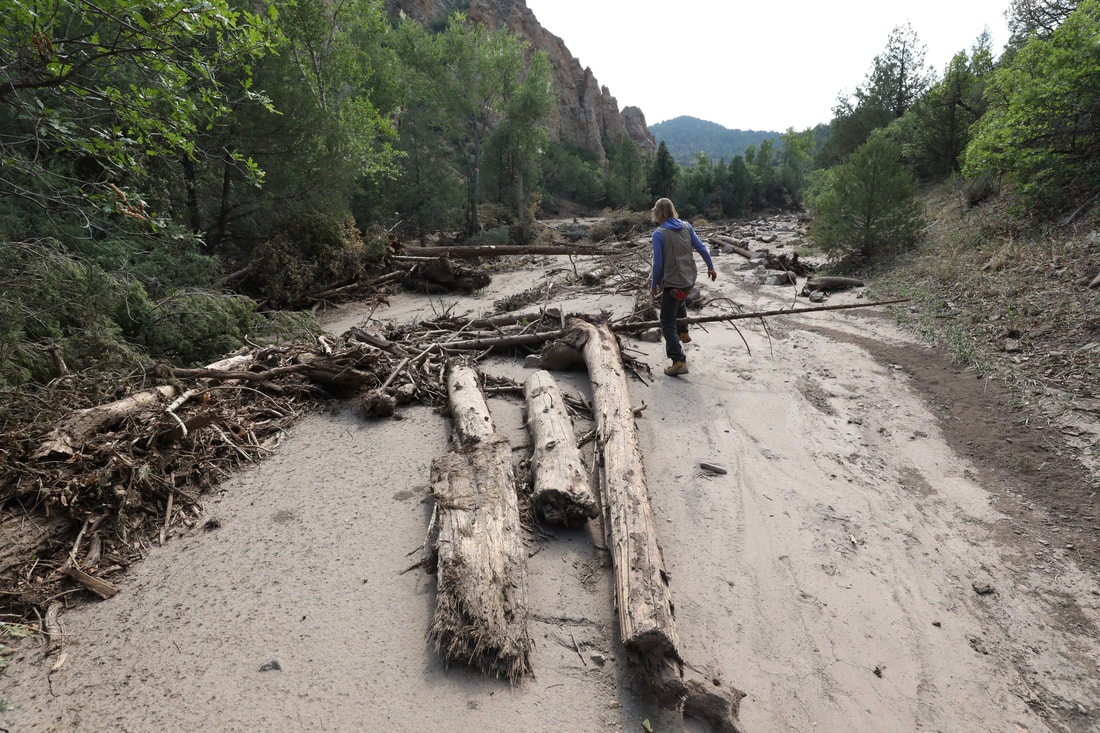
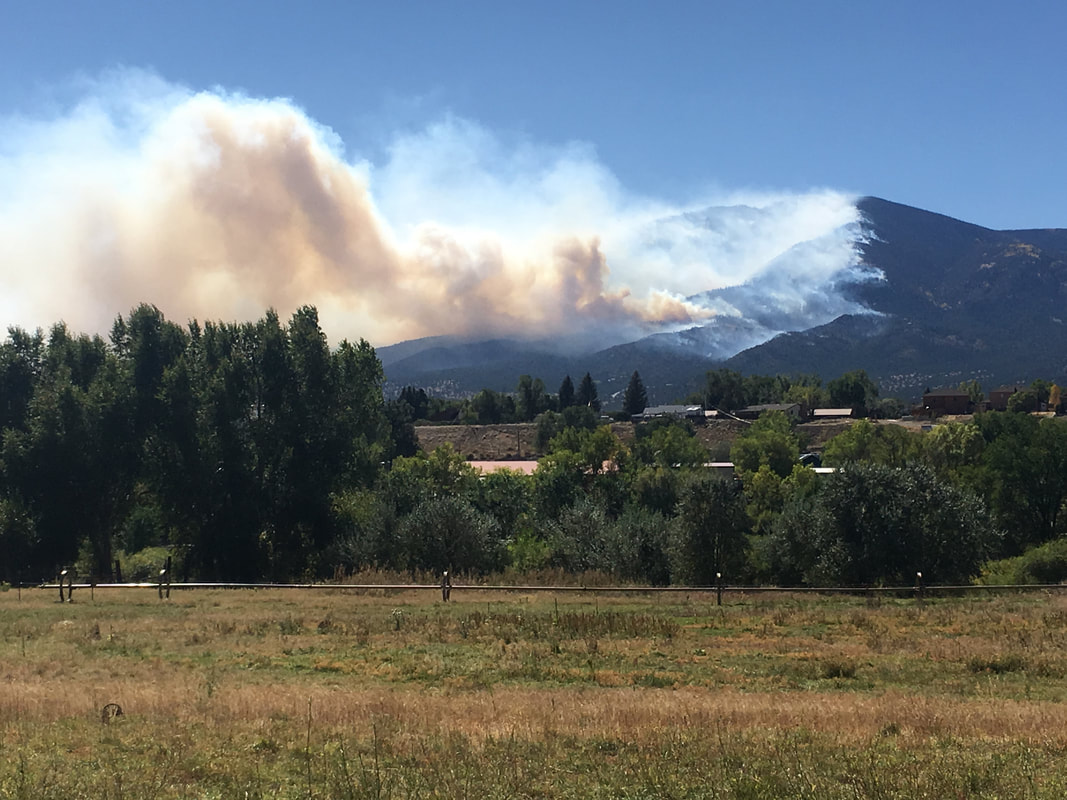
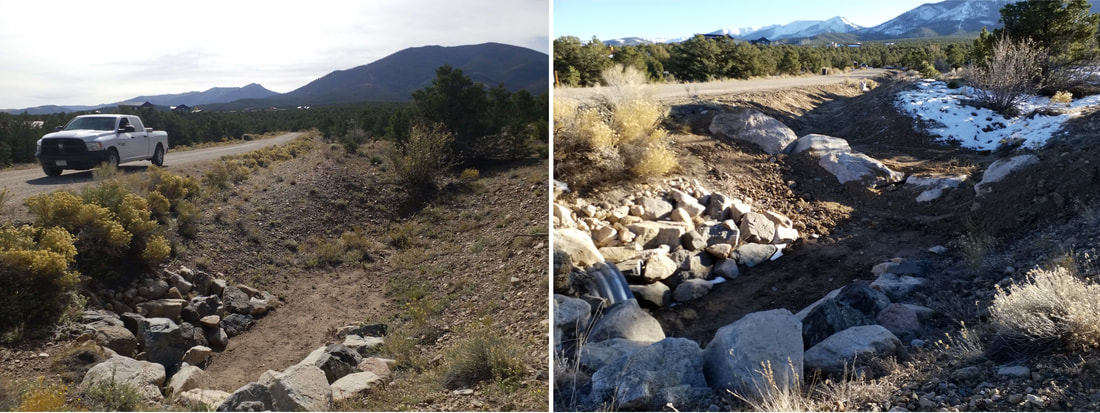
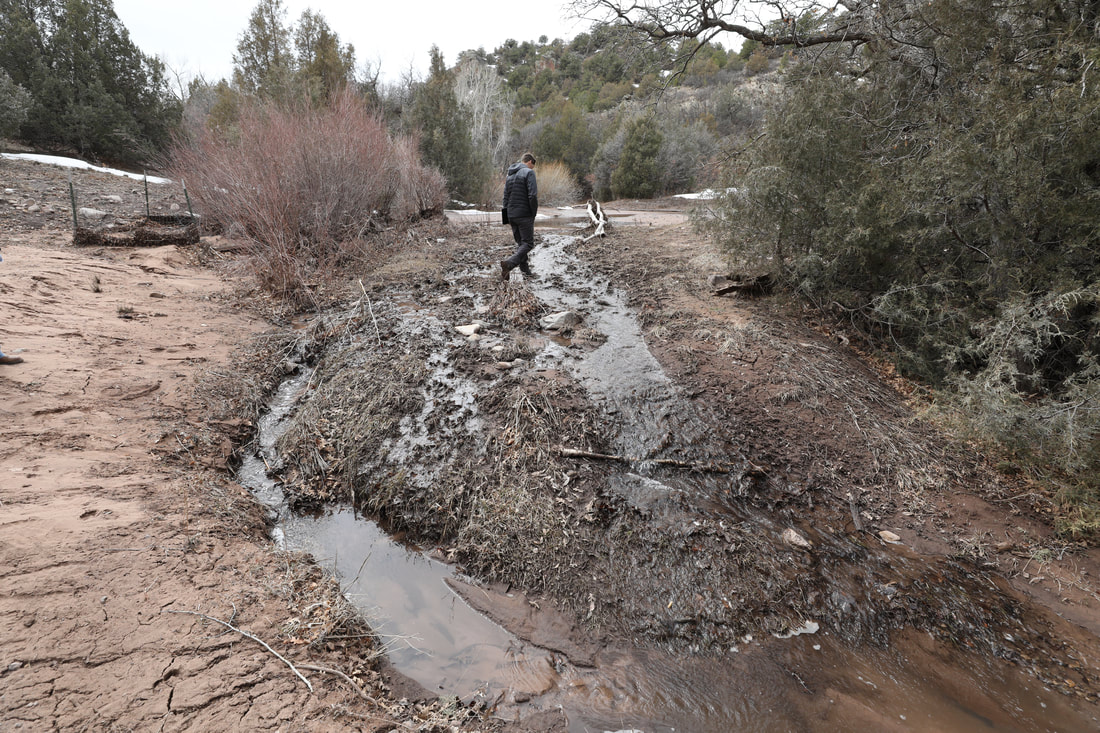
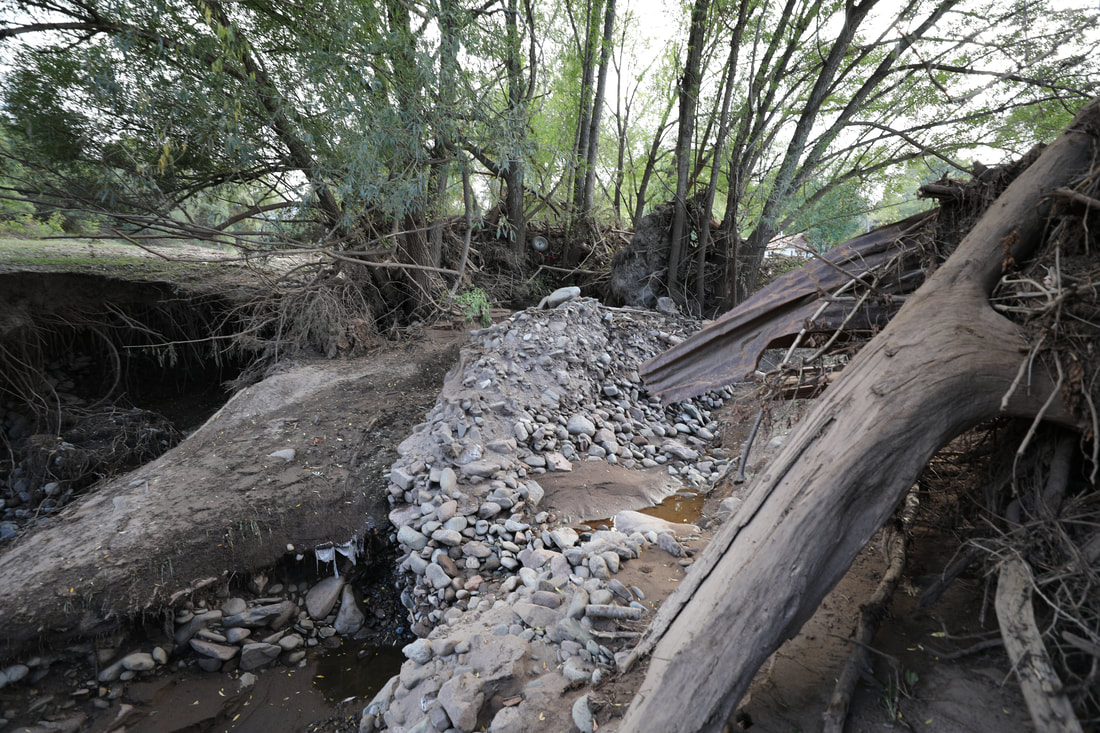
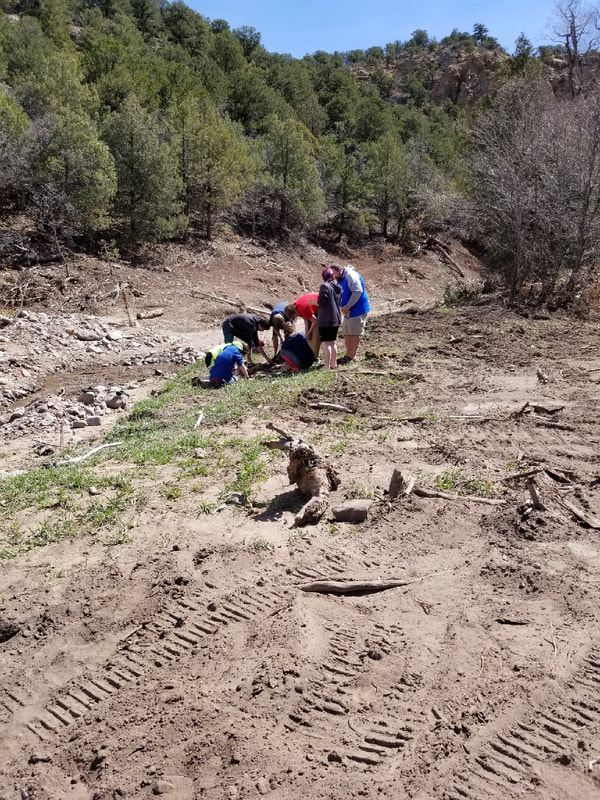
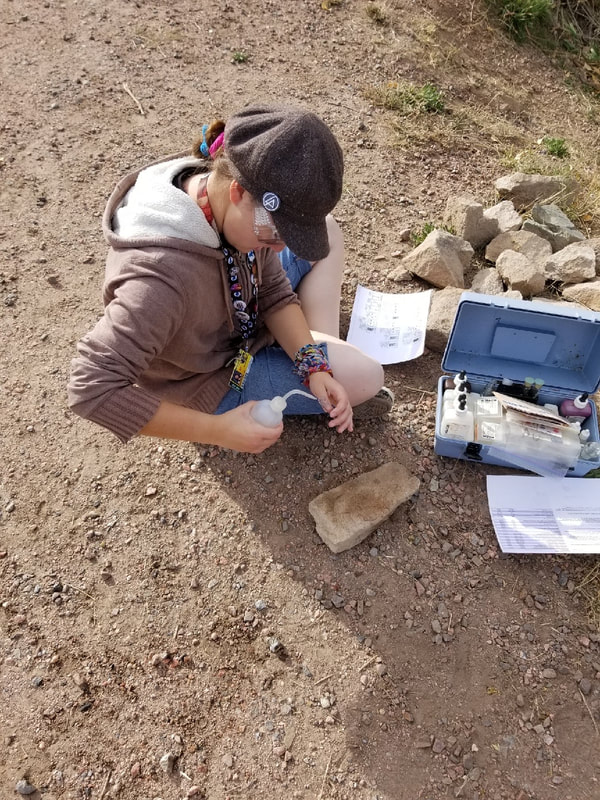
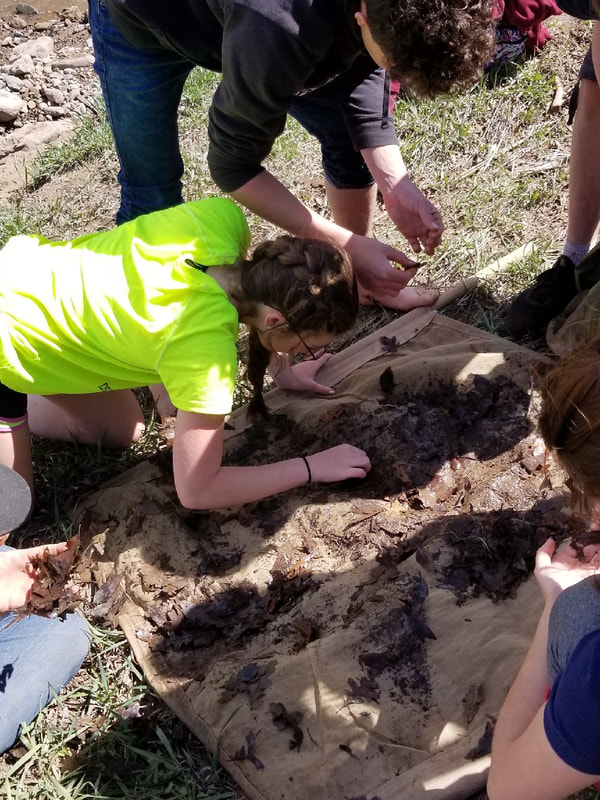
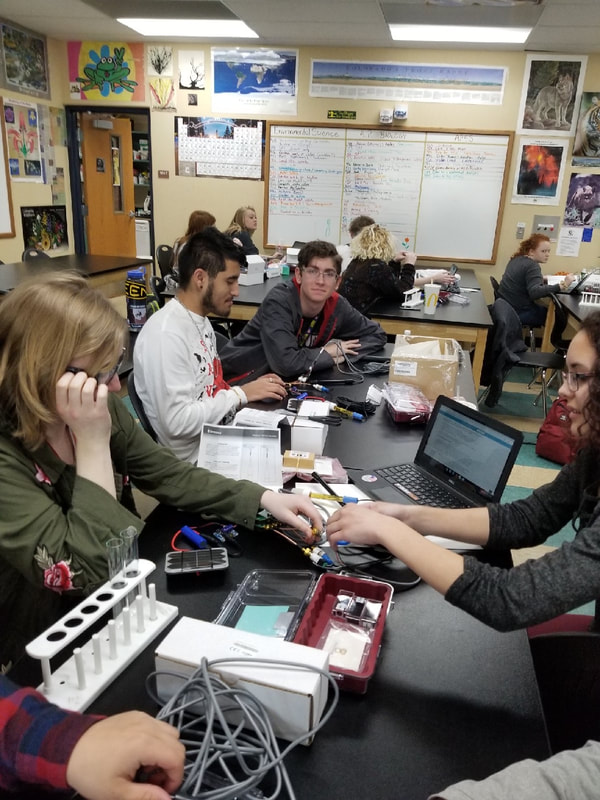
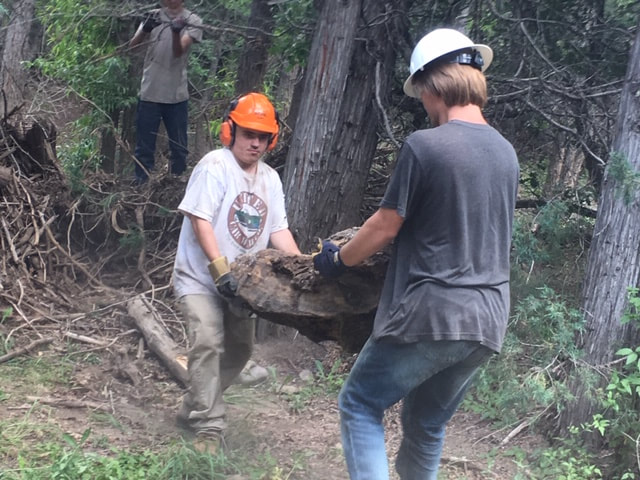
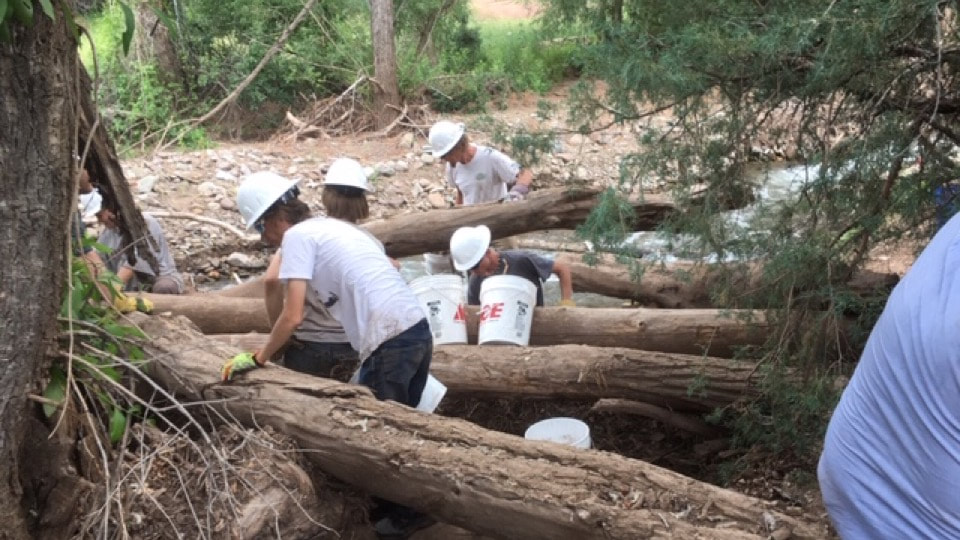
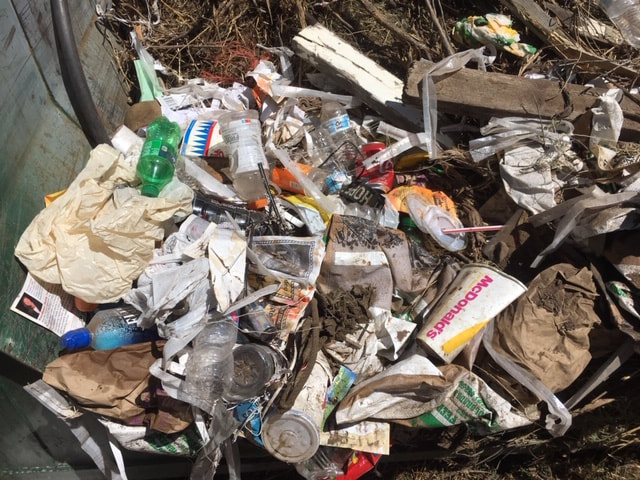
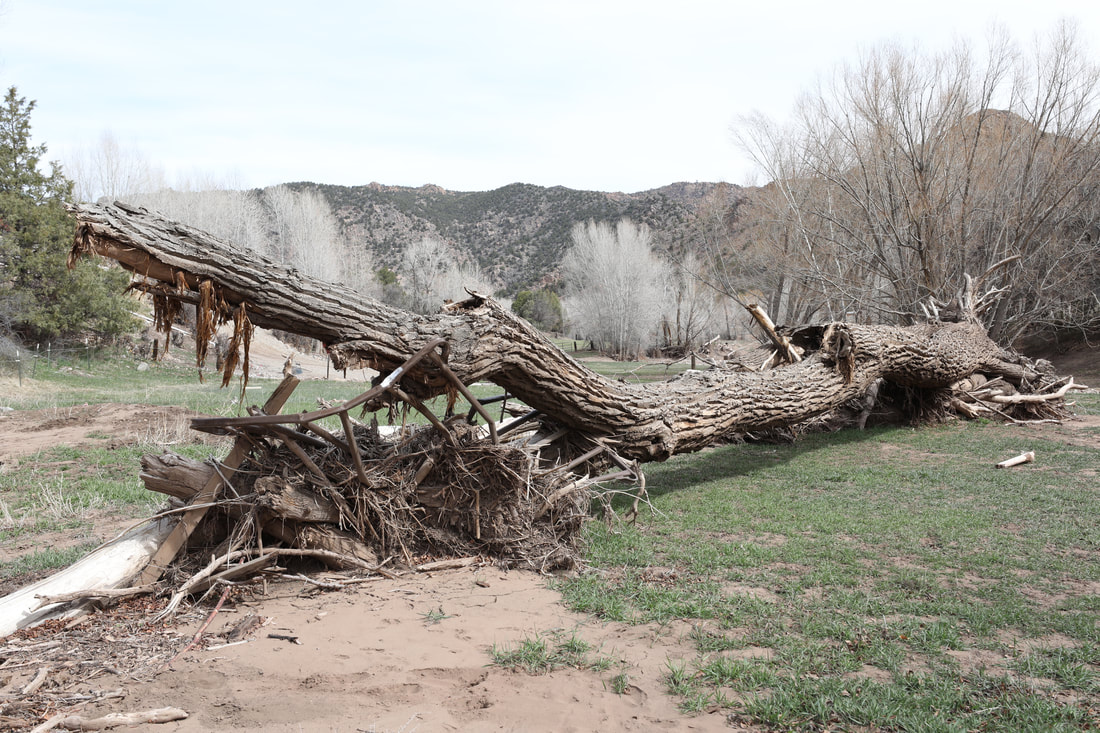
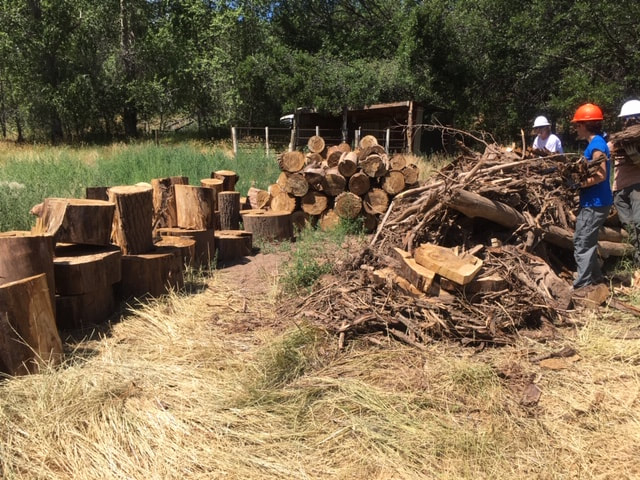
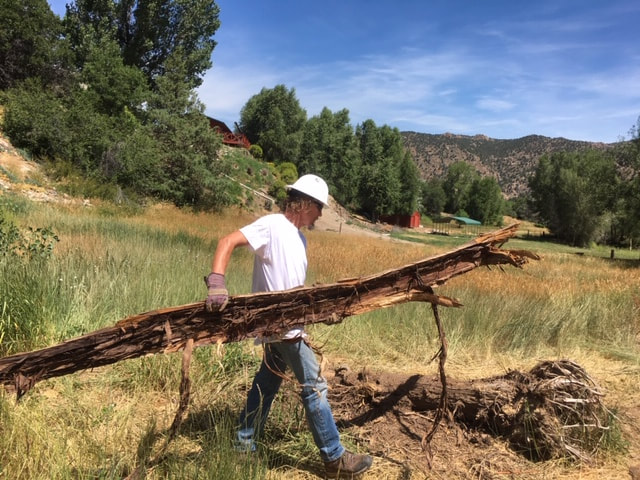
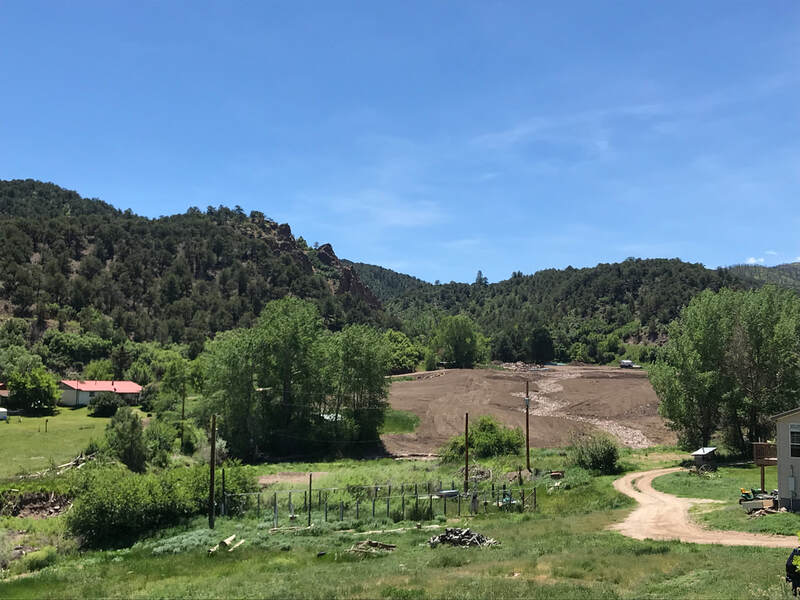
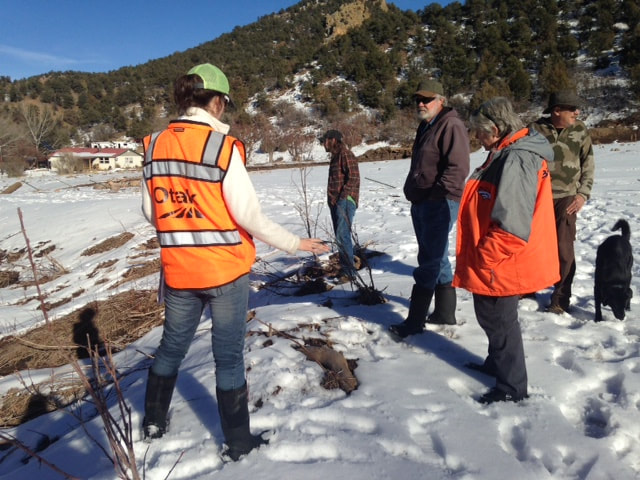
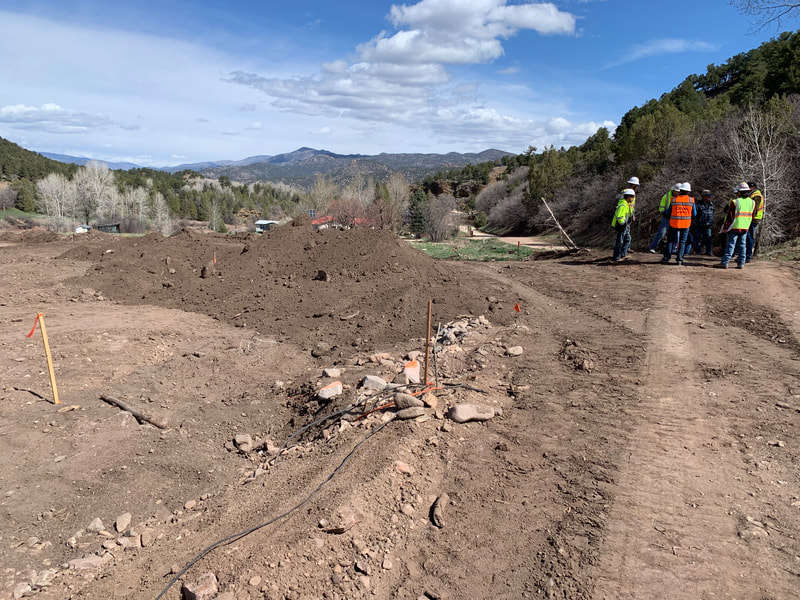
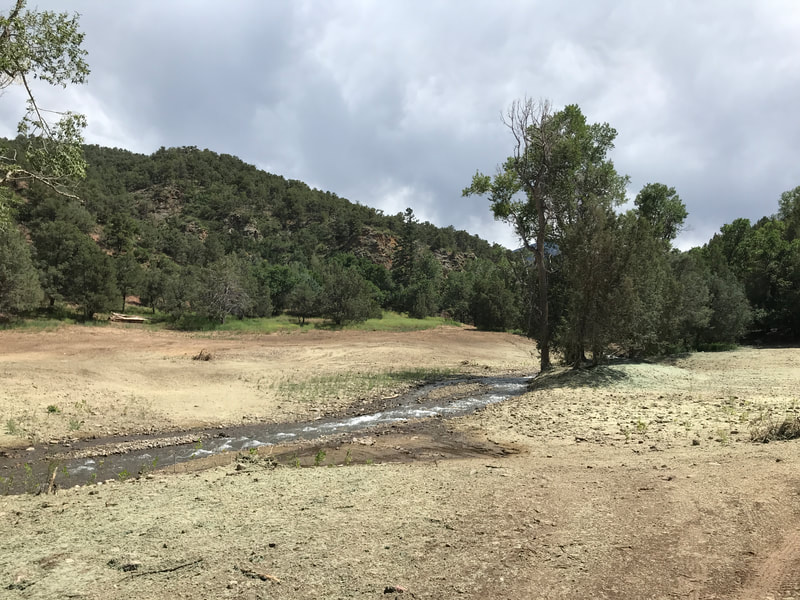
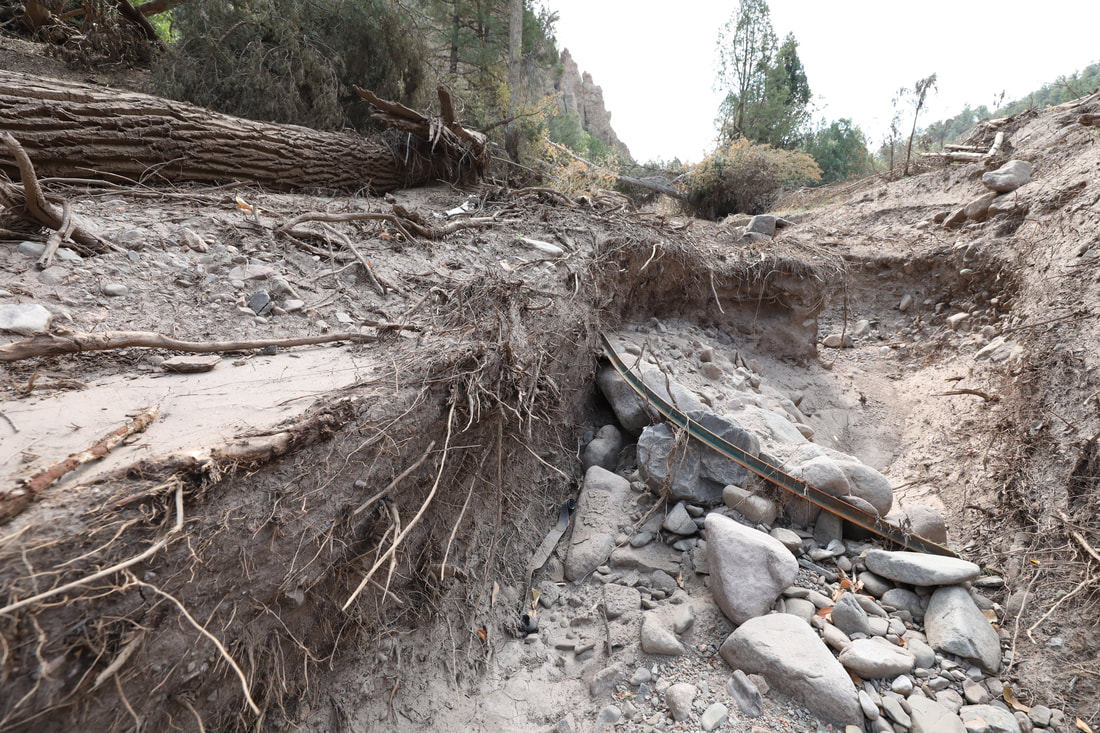
 RSS Feed
RSS Feed
